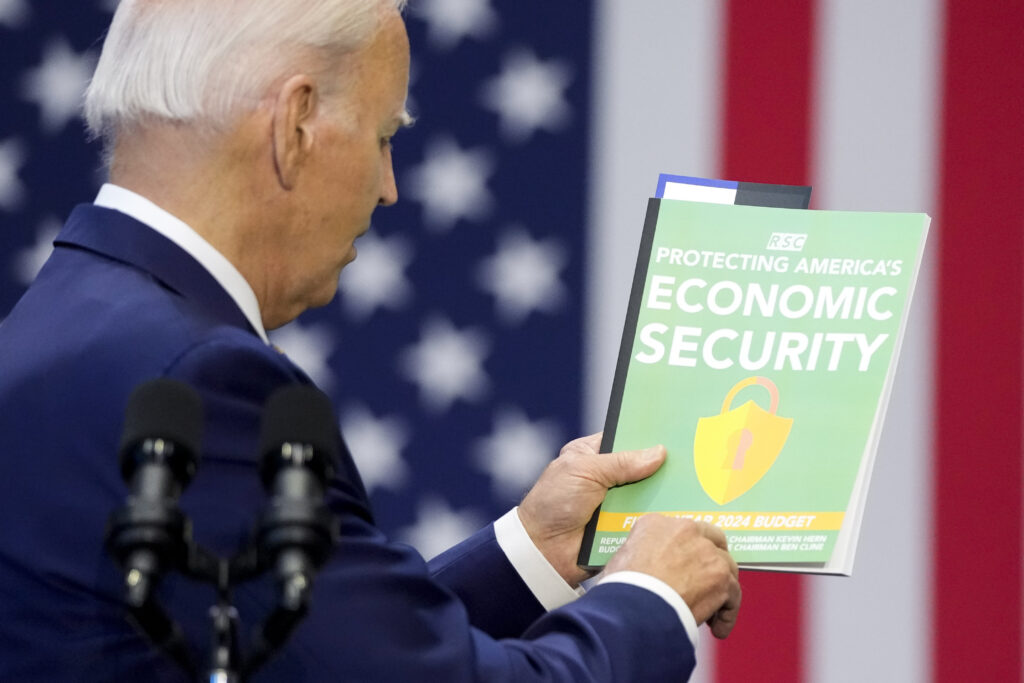Joint Session: Questioning The Senate’s Debate On The Decriminalization Of Marijuana
As the U.S. Senate is poised to debate the decriminalization of recreational marijuana on a nationwide level, now is the perfect time to question if this is really such a good idea after all. Do we have sufficient data to answer the question responsibly? Are there warning signs from states that have already decriminalized pot?
Some would argue that that this ship has already sailed and that the legalization of marijuana, both medically and recreationally, is as good as done. After all, any adult can purchase a wide variety of alcoholic beverages, and prohibition proved to be untenable. Why should it be different with pot? Surely, drinking hard liquor is more dangerous, on many levels, than toking some weed.
Plus, the use of pot is so ubiquitous in our culture that it would be hard to suppress it now. Joe Rogan can get high during his mega-popular podcast, and Mike Tyson can make millions selling pot. This is just part and parcel of everyday life. Are we going to start arresting tens of millions of Americans for pot violations?
As for the states that have legalized recreational pot, they’re bringing in money hand over fist. Doesn’t everyone benefit from this?
Not so fast.
There’s much more to the story to consider. Pot is not as harmless as we might think. In fact, it seems that decisions to decriminalize cannabis are being made in the absence of rigorous medical and social studies, rather than in light of them.
Could it be that some states were too eager to pull the trigger? Could it be that they failed to realize just how much they would be opening the floodgates to some exceedingly serious abuses?
A 2021 study discovered that “children of women who smoked weed during their pregnancy are at greater risk for development and behavior issues.”
Specifically, the study found that “maternal cannabis use is associated with increased cortisol, anxiety, aggression, and hyperactivity in young children.”
It was also reported that, “[maternal cannabis use] corresponded with widespread reductions in immune-related gene expression in the placenta which correlated with anxiety and hyperactivity. Future studies are needed to examine the effects of cannabis on immune function during pregnancy as a potential regulatory mechanism shaping neurobehavioral development.”
Perhaps this would have been good to know before decisions were made about making pot so readily available? (And what about the effects of second-hand pot smoke on pregnant women?)
However, this is just one of the many studies now pointing to real health-related concerns connected to the consumption of pot. State legislators would do well to read Alex Berenson’s 2020 book, “Tell Your Children: The Truth About Marijuana, Mental Illness, and Violence.” (Berenson is an award-winning journalist and a former reporter for the New York Times.)
And remember: purchasing and using pot these days is different than walking into a liquor store and buying a bottle of wine or whiskey. We’re talking about pot being everywhere: in candies; in brownies; in other foods; you can inhale it; you can eat it; you can apply it to your body. The pot business is thriving.
And do we honestly think that minors won’t be chomping on cannabis in the home? What about stories like this? “California Third-Graders Hospitalized After Eating Cannabis Candy At School.”
Not only so, but today’s pot is not the pot former-hippies smoked back in the day.
As noted in a 2019 article on the PubMed Central site: “The marijuana products of today are high in potency and can reach 99% pure delta-9 tetrahydrocannabinol (THC). The THC in marijuana causes the ‘high’ and leads to addiction, mental illness, violence, crime, traffic deaths, and many health and social problems.”
The article also stated that, “Research linking marijuana use to psychosis and schizophrenia and acts of violence is uniformly ignored by the proponents of marijuana use. The American Psychiatric Association and other authorities, report that current evidence supports, at a minimum, a strong association of marijuana use with the onset of psychiatric disorders.”
Not surprisingly, according to another recent study, “Cannabis can impair a person’s ability to drive up to 4 hours after the drug is used.” Perhaps, this might be helpful to know as well?
How about this? “Two New Studies Expose Dangers of Cannabis Use” (January 2018).
And this? “Studies Warn of These New Marijuana Side Effects” (December 2021).
Or this? “Stanford study links marijuana use to increased heart attack risk” (May 2022).
Putting these studies aside, what can be learned from states that have opened the doors to cannabis?
This one headline, dated July 2, 2022, says it all: “How California’s legal cannabis dream became a public health nightmare: It’s a class B drug in the UK – but in the US state it’s led to spiralling addiction, psychotic illnesses and hospitals facing a deluge of poisonings.”
Ah, but the pot business certainly seems to glitter in California. As the article, written by Eve Simmons for the Daily Mail noted: “[Y]ou
" Conservative News Daily does not always share or support the views and opinions expressed here; they are just those of the writer."





